LiA Reflections : Corals, Japan, and People
Introduction
Kikaijima is a small island in Kagoshima Prefecture, part of the Amami Islands (quite a funny name, since “amami” in Italian means “love me” XD). Geographically, it lies between Okinawa and mainland Japan, and its culture is a fascinating mix of both influences. The island itself is made of uplifting corals, meaning I was literally walking on the fossilized remains of what was once a thriving coral reef ecosystem! It is considered as one of the “Meccas” in the scientific coral research community, and it is where the Kikaijima Institute of Coral Reefs resides.
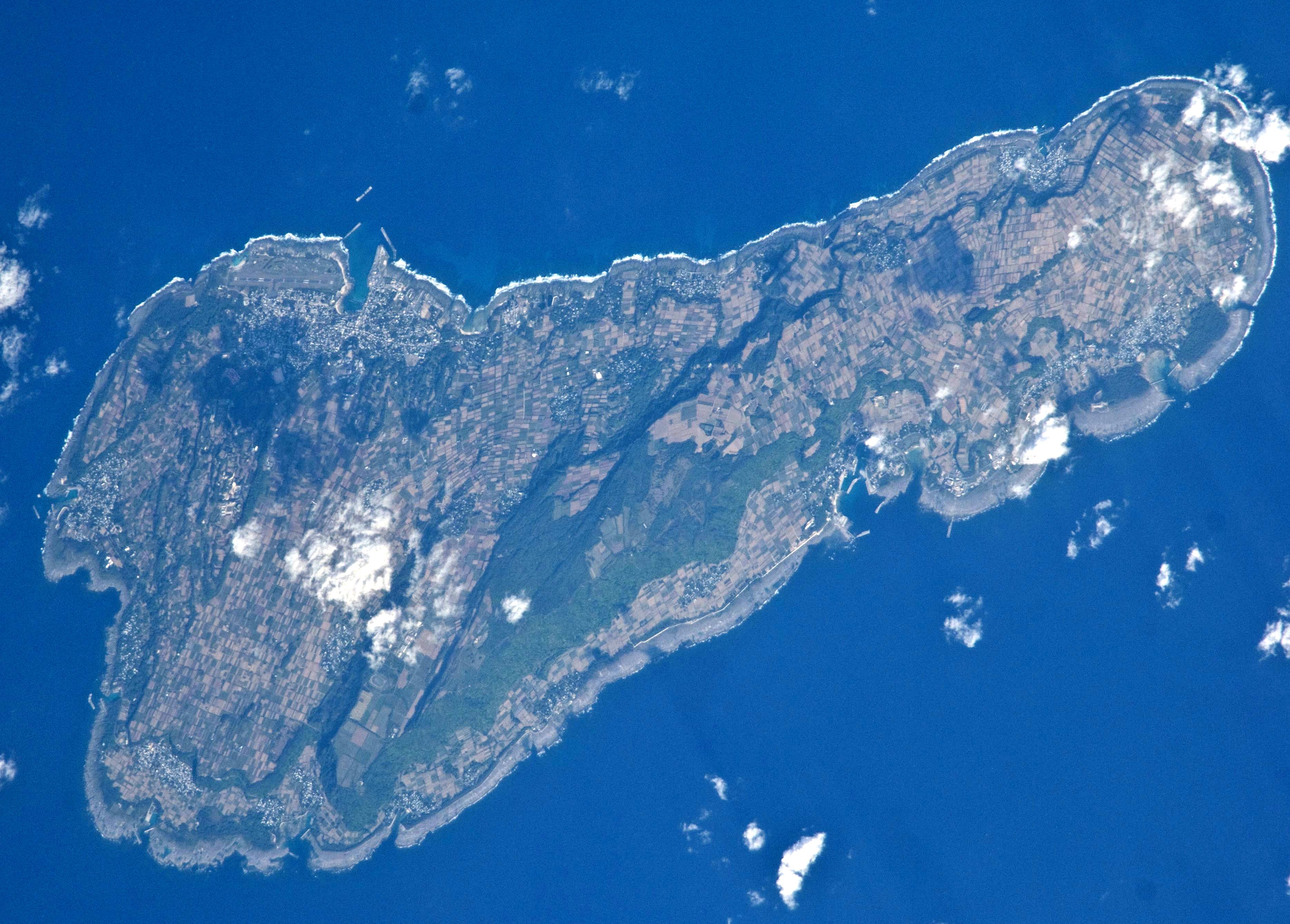
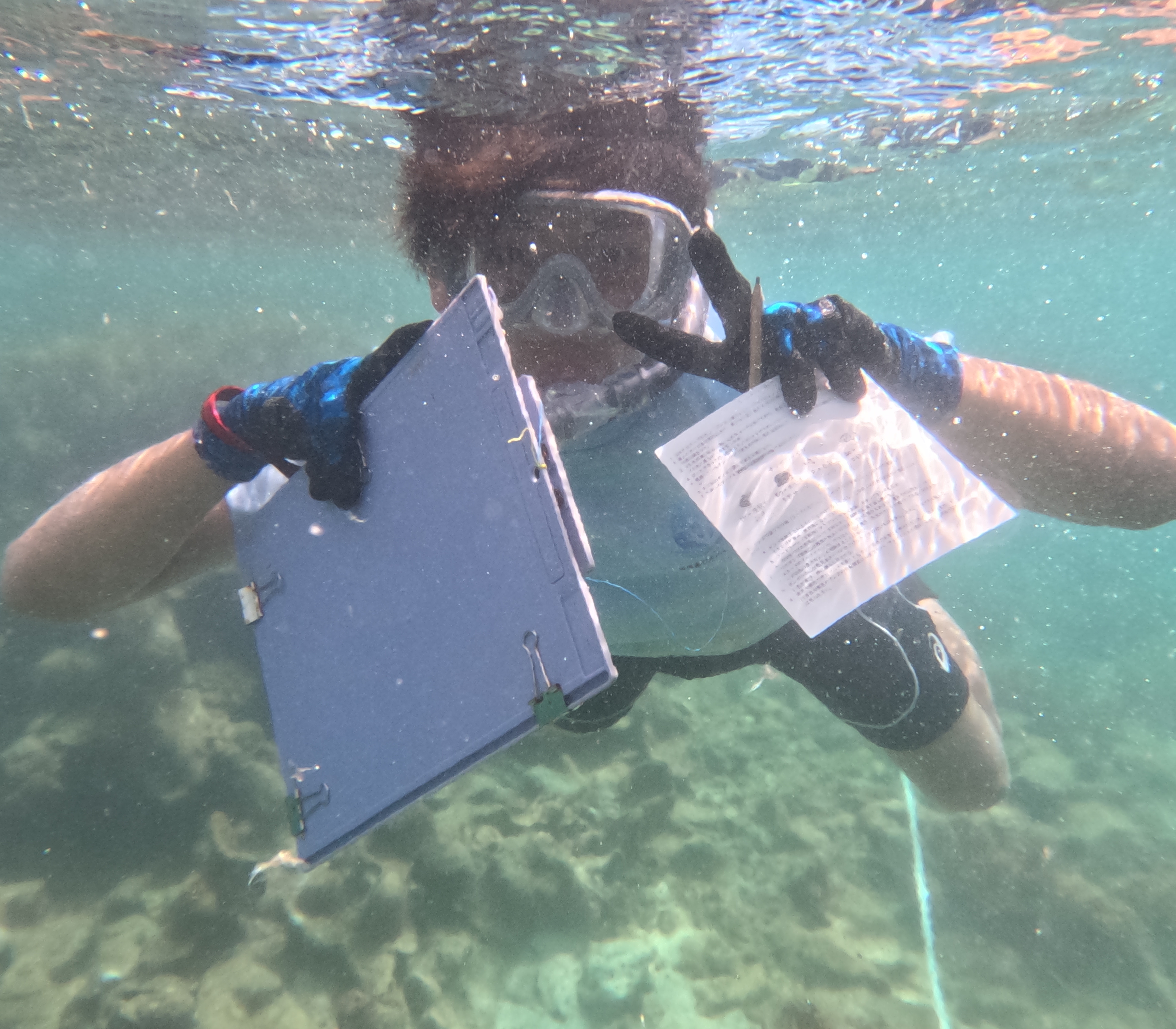
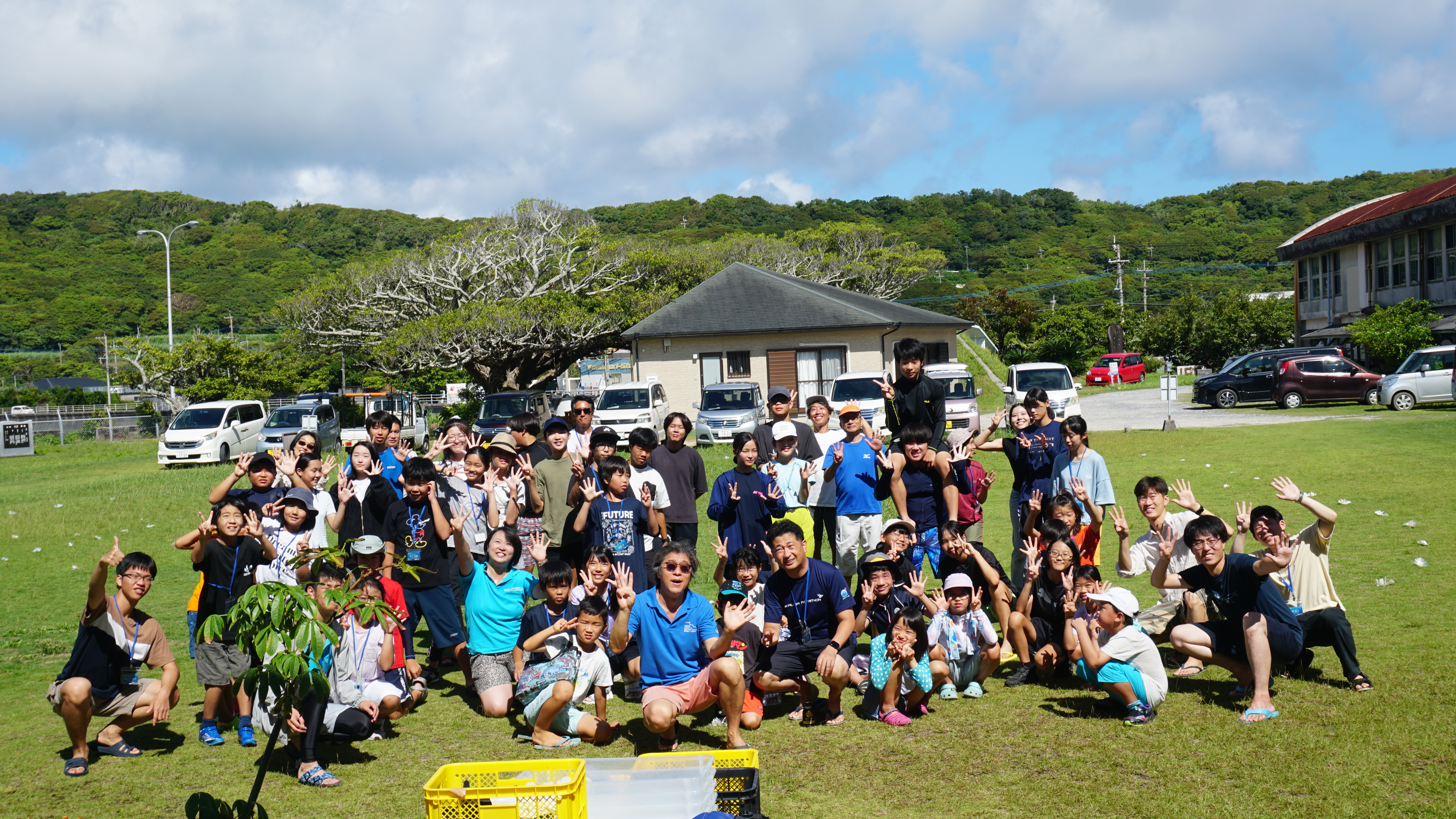
So…what are corals?
What are corals? Why do they look so weird? Are they animals, rock or plants?
Coral reefs are among the most diverse ecosystems on the planet: despite covering less than 0.1% of the planet's surface area, they host at least 32% of known marine species. But now more than ever, due to the acidification of the ocean, pollution, and climate change, they are in increasing danger, and protecting them.
So, once more, what are corals? Corals are colonial invertebrates made up of tiny animals called polyps. A polyp resembles a small sea anemone, with a soft body and a mouth surrounded by tentacles. Over time, polyps secrete calcium carbonate, and it may be a hard skeleton, like in hard corals, or a soft tissue, like in soft corals.
Corals also rely on a remarkable partnership: they host microscopic algae called zooxanthellae inside their tissues. The algae photosynthesize, providing food for the coral, while the coral offers shelter and nutrients in return. This is why corals need sunlight and are typically found in shallow, clear waters.
When corals are stressed, they expel these algae. Their skeletons then show through, turning white in a process known as “bleaching”.
Bleaching itself doesn’t kill corals, but it starves them, and if prolonged, leads to death.
Given their role as one of the most diverse ecosystems on Earth, protecting corals is more urgent than ever. That is precisely the mission of the Kikaijima Institute for Coral Reefs, which promotes both research and education.
Each summer, the institute hosts 2 science camps: Junior, tailored for primary and middle school students, and advanced, tailored for highschoolers. Furthermore, the institute also organizes internships and university visits, creating a lively and dynamic scientific environment.
My experience
Arrival
My first day was anything but ordinary! Kikaijima is a remote island, reachable only by flights from Kagoshima or Amami Oshima. I chose Kagoshima, but a typhoon disrupted my plans. Although the plane descended right above the island of Kikaijima, the winds were too strong to land, and we were forced to do a U-turn and return to Kagoshima! They also made the announcement in Japanese, and so I was so confused for the first 5 minutes about why . And so I bought a ticket for the following day.
The next day, I finally managed to arrive. The island was breathtaking, especially the turquoise sea. And I also was welcomed by the staff and fellow interns: three from Taiwan and one from the U.S. (a surprisingly international mix for such a small island XD).
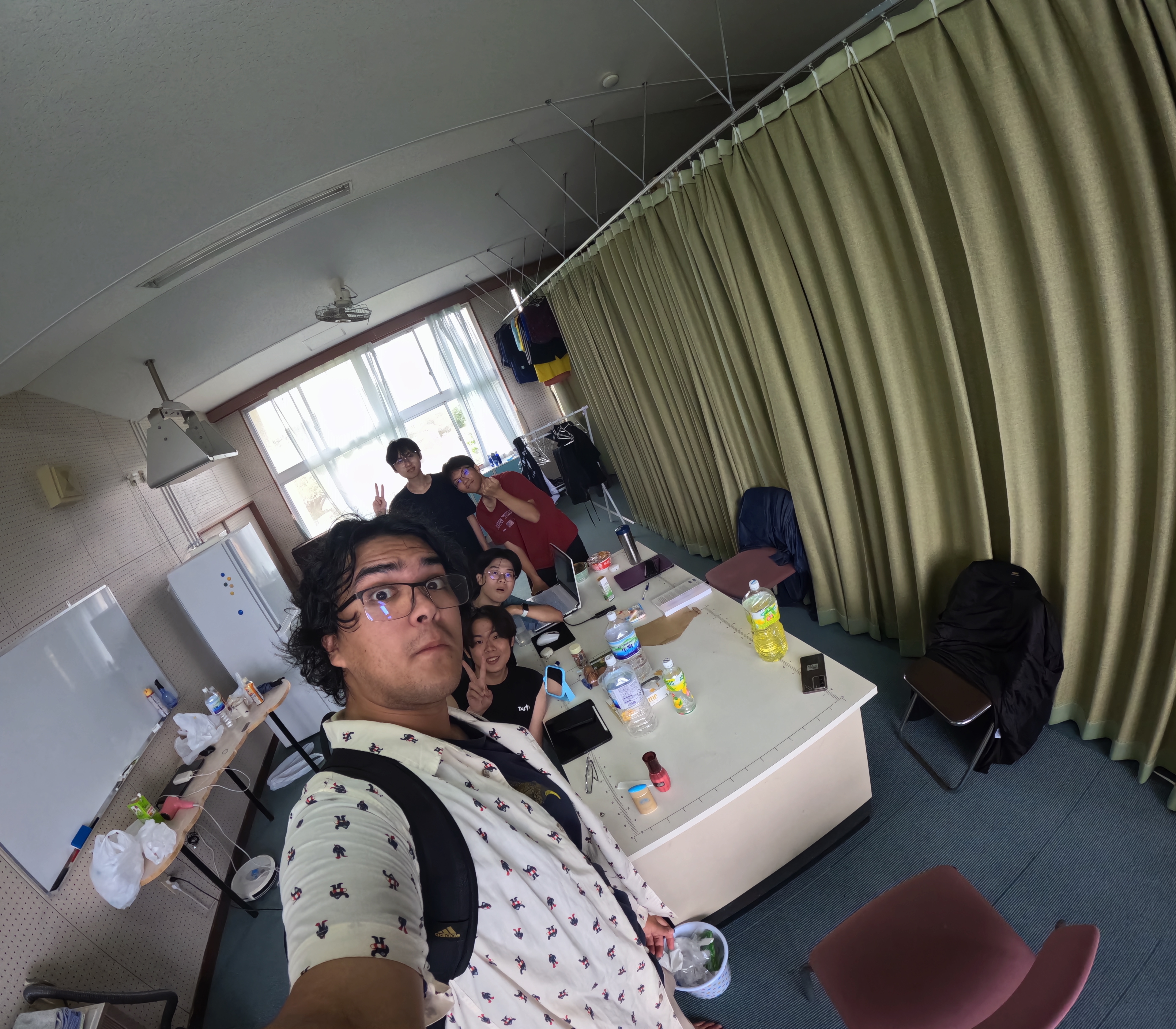
The Puppet on the Boat
Before the summer camps began, the renowned puppeteer Nori Sawa visited Kikaijima to create a puppet for a ceremonial boat bound for Osaka, commemorating the institute. The puppet was inspired by Caliban, the sea creature from Shakespeare’s “The Tempest”.
Together, we visited local schools, encouraging children to craft their own masks. It was one of the most memorable parts of my stay: watching creativity bloom while helping with the project. During this period, I also began learning about coral biology and handling basic instruments.

Junior Course
The first camp welcomed energetic children from across Japan. Their enthusiasm was overwhelming, and they were so energetic (sometimes too much ;) ).
Initially I mismanaged my energy, leading to burnout. Things worsened when I lost my wallet, which added stress for four long days. Fortunately, me and my friends found it just before the Matsuri festival, which lifted my spirits!
Despite the challenges, this period was full of learning about corals, teaching, and even about myself. I also learned how to pace my energy more effectively, and how I cope with stress.
Advanced Course
The second camp was calmer. The high school students were more mature and some were skilled snorkelers. Some professors also held periodic lectures, and I had more chances to exchange ideas. This phase felt more balanced, and we also snorkeled more. It was very enjoyable! And since there were less students, and I felt I could follow them more.
Sightseeing period
After the camps ended, most interns left, and I experienced a sudden shift from constant social activity to solitude. The once loud and lively room was now left with only a board filled with messages and farewells.
In this quieter period, I explored the stars, sea, and trees more since I had more time for myself; with more time to reflect, I began to truly appreciate the beauty surrounding me, and this deepened my belief in the importance of addressing climate change.
From time to time, the staff invited me on short trips around the island, which added moments of joy and discovery to this reflective phase. It became not only a time of rest, but also one of growth and renewed conviction.
With Mr. Yamakawa, for example, I had the chance to see the island’s only Kikaijima horse (better known as “Tokara horse”), a treasured sight. He also shared with me the fascinating migration patterns of butterflies, which gave me yet another perspective on the island’s delicate ecosystem.
During this period, I also connected more with the locals. They invited me to a dinner where I tasted traditional dishes, and experienced local dance and music firsthand. One of the most memorable was the "Rokuchō", a unique performance built on six elements: the sound of the sanshin, hand clapping, whistling, singing, drumming, and dancing, all woven together into a vibrant expression of Kikaijima’s culture.
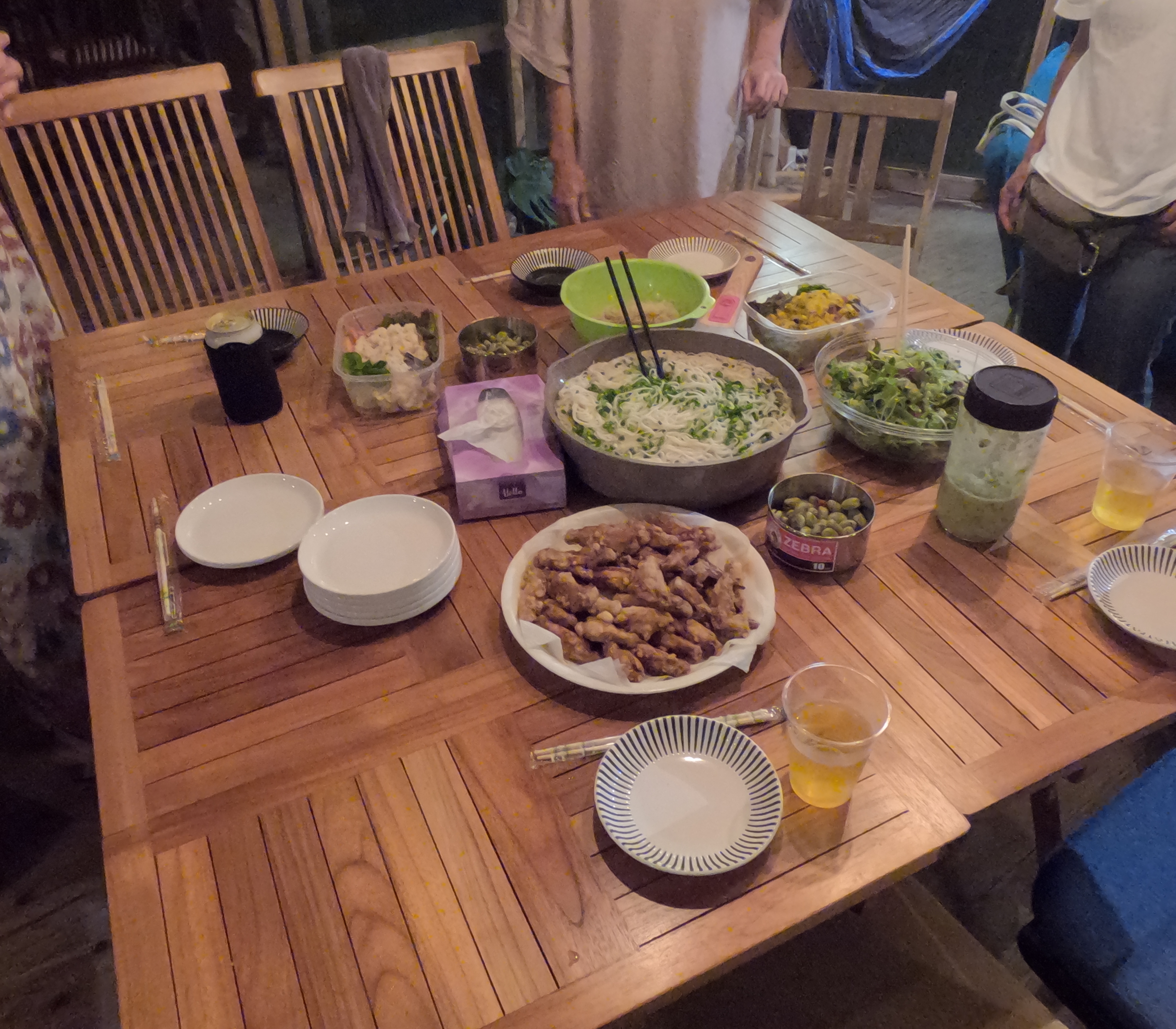
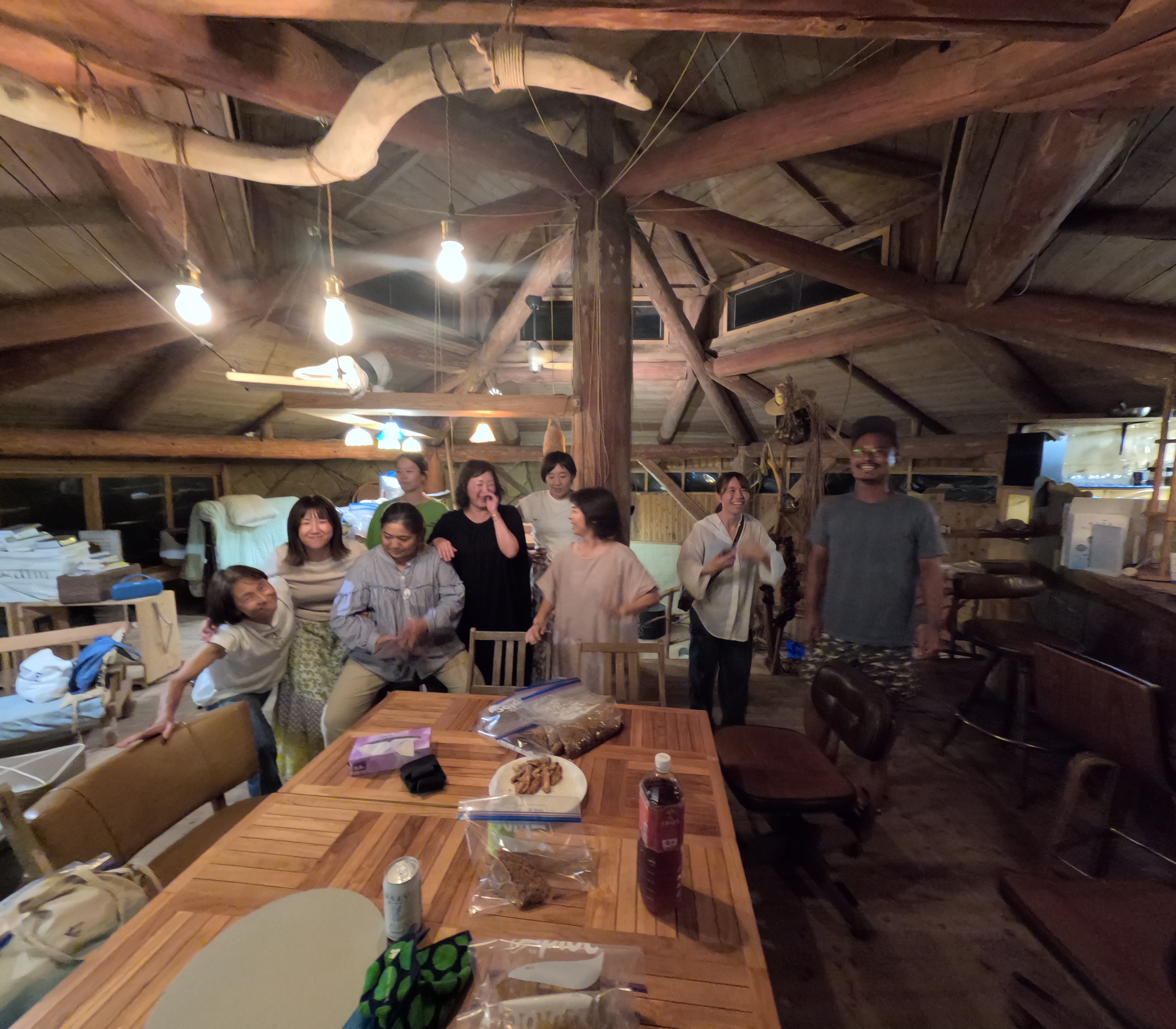
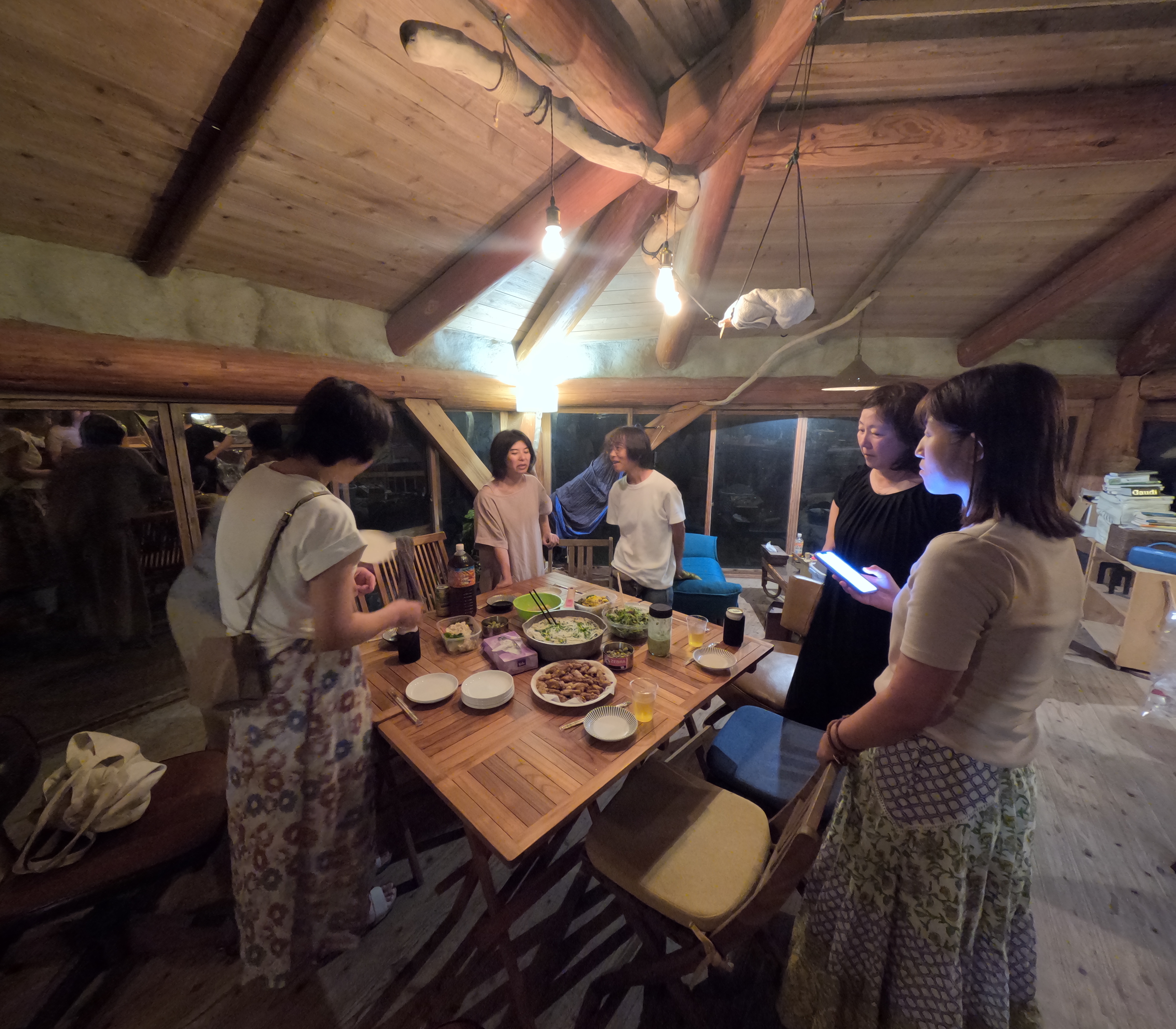
Last days
In my last days, Professor Anzai invited me to join medical students conducting bone density surveys. Interestingly, locals often have higher bone density due to the calcium-rich water from surrounding corals. Around the same time, groups of university students from across Japan visited, creating new opportunities for socializing and cultural exchange.
I also realized I was behind on my own computer vision project, which became a reminder of the delicate balance between research, outreach, and personal projects. I still have some days left, wish me good luck! :)
Reflection
Kikaijima, despite its modest size, holds a lot of memories and emotions for me. I guess it’s the place where I was the most dynamically emotionally transformed. I noticed how I coped with stress, how I interacted with other people with whom I didn’t share a common language (especially children), and how I adapted my personality to different situations.
Beyond personal development, my conviction to act on climate change strengthened. I also gained new hobbies, such as snorkeling and vlogging with my GoPro, while developing greater confidence in myself.
Overall, the institute and the island gave me some of my fondest memories, along with valuable lessons in resilience, collaboration, and cultural exchange.
I wholeheartedly encourage anyone to visit this special island.
Please don’t hesitate to reach out if you have questions, I would be more than happy to share more!
P.S.: I purposefully didn’t put some of the most beautiful photos I took, please contact me if you want a glimpse. >:)
I will put more images on this post when I will have free time (I truly love this island)



Please sign in
If you are a registered user on Laidlaw Scholars Network, please sign in